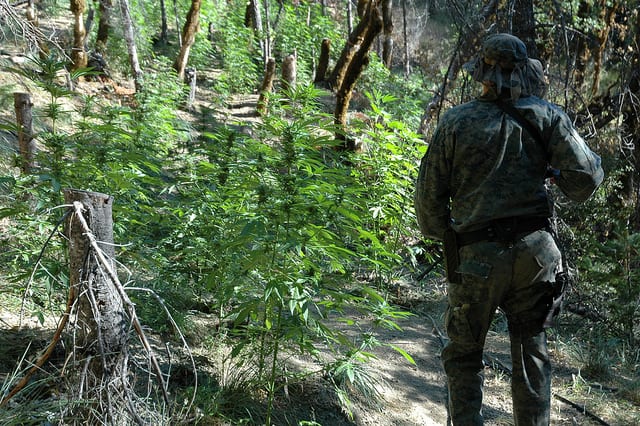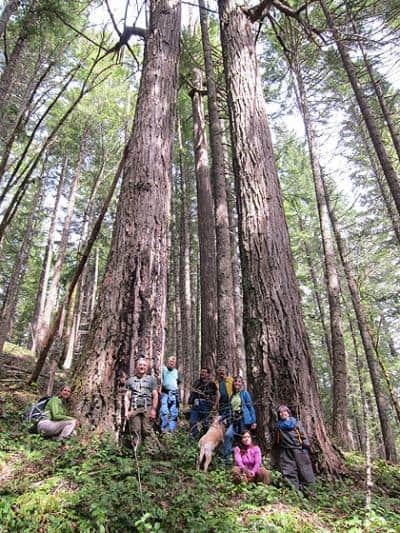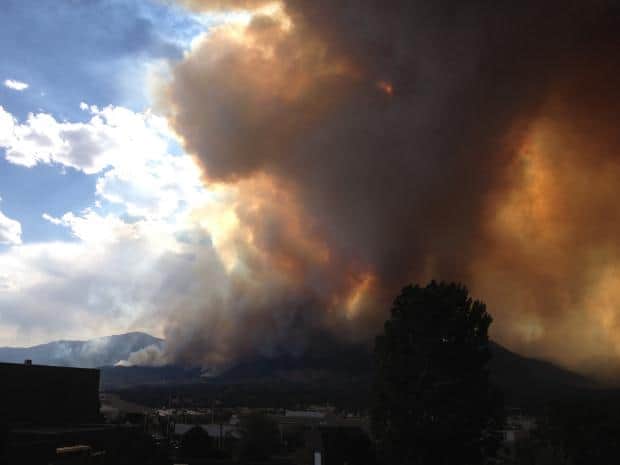
(© Connor Sport via YouTube)
So I’ve been thinking (some might say procrastinating from reading the Planning Directives) about ideas to get from there to here with regards to sustaining rural economies. Based on the comments on conflict resolution about BATNA’s and negotiation tactics, it would seem that we would want to make some large decisions and negotiate those.. perhaps writing something in to law that if projects follows those rules, they would not be open to litigation or some further nuanced variant of that idea.
So the next things that came to mind is “if environmentalists are for FSC certification, then logically “logging can take place in an environmentally sound manner.” Now, I am not a fan of FSC requirements for reasons I could go in to, but let’s just do the thought experiment for now. Check out their website here if you are curious about their claims. They say they are “protecting and maintaining high conservation value forests” and they have rules about how to do it. My point is that it is possible to generate a set of rules and monitor them at a level broader than a project or forest.
Biologically and physically, land is land, regardless of owner. So, say, if it’s environmentally fine to produce timber from private ground with FSC, then it should be equally environmentally OK to produce it from federal ground. If that’s not OK, then groups need to come up with some reason other than the environment, as to why that’s the case. Folks on the blog can help me clarify my logic here.
So what if we coupled a certification requirement of some kind with requirements to be negotiated, with reduced capacity for litigation? Basically like a labor agreement instead of renegotiating the agreement every workday with every project.
I remember I used to work on certification a bit when I worked in the FS. What I heard was that some environmental organizations were against it due to a philosophical dislike for commercial use of forests (now I never spoke to them, but conceivably that would include outfitter-guides, ski areas, etc. if it were philosophical). It’s OK to be philosophical but let’s be clear about what’s philosophical and what’s environmental. Let’s also be clear about the social justice aspects of employment in different sectors.
A reader sent me this piece, from Jim Petersen which raises some of the same ideas. It’s worth reading, called “Collaboration, been there, done that.”
Having watched federal judges and environmentalist lawyers twist federal forest regulations into pretzels with no beginning or ending point, I’ve concluded that collaboration’s only chance for success rests in first restoring its public credibility, and second in the Forest Service putting on its big boy pants and telling the public that federal timber is a valuable and vitally important strategic asset that needs to be actively managed using the best tools science provides.
Consensus forestry – collaboration – will not serve this nation’s long term economic and environmental interests any better than stewardship contracting. Both are tools the Forest Service can and should use appropriately, but someone needs to make the hard decisions about timber management, and that someone is Forest Service Chief, Tom Tidwell. At the very least, he ought to vigorously pursue third-party forest certification of all federal forests. Let’s see if our national forests are being sustainably managed. I frankly doubt it. In some national forests, mortality from insects and diseases now exceeds annual growth – a condition that is not sustainable by any measure.
There is a very good reason why most people who live in rural timber towns no longer waste their time in “scoping” meetings or “collaborative efforts.” It is because the process is rigged. If environmentalists participating in “collaboration” don’t like the result, they sue with impunity because the law allows them to do it. Win or lose, they can even collect their legal fees from taxpayers. This is ridiculous, insulting and wrong.
Collaboration will only work if Congress first declares that the results of collaboration – the actual plans developed by disparate interest groups working together toward a commonly shared goal – are not subject to judicial review by any court in the land. Thus, the end result of the patience and hard work that collaboration demands is an on-the-ground management prescription the Forest Service can implement without fear of appeal or litigation.
Until Congress bulletproofs collaboration, it risks the same miserable fate as the brilliantly conceived forest planning process that now rests atop history’s trash heap.






